Dog Trainers Share Their Tips On Overcoming Behavioral Problems Through Tone Of Voice
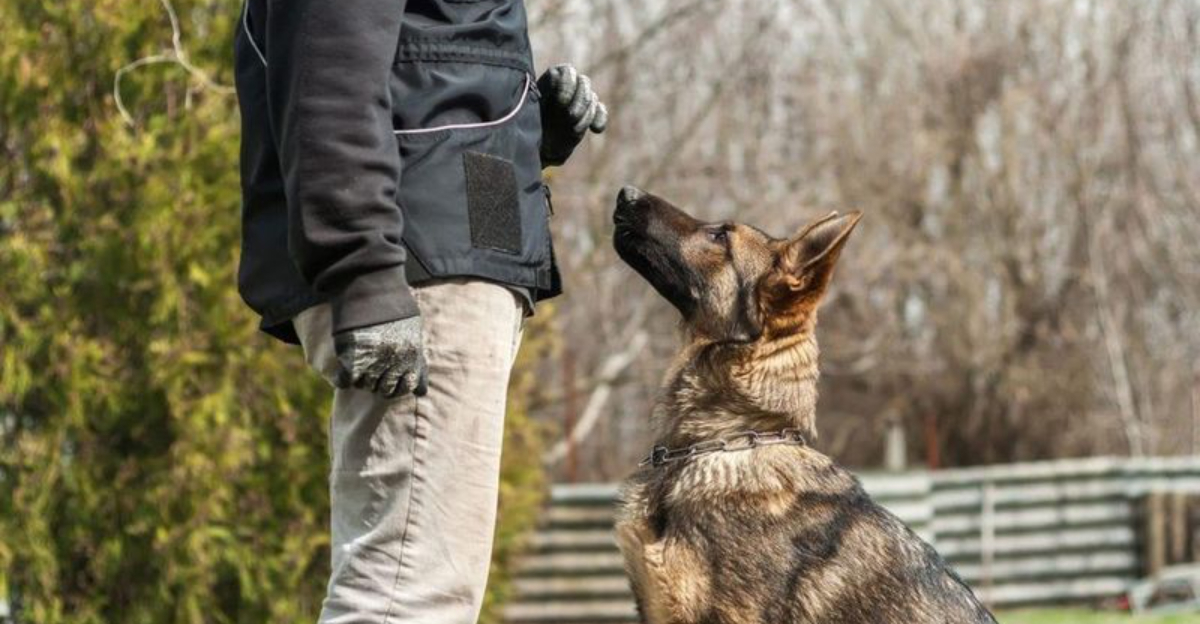
Ever noticed how your dog perks up when you speak in a certain way? The secret to better behavior might be right at the tip of your tongue!
Professional dog trainers know that vocal tone can make or break training sessions. Your voice is a powerful tool that communicates far more than words—it can calm anxieties, redirect bad habits, and strengthen your bond with your four-legged friend.
1. Lower Your Voice For Authority
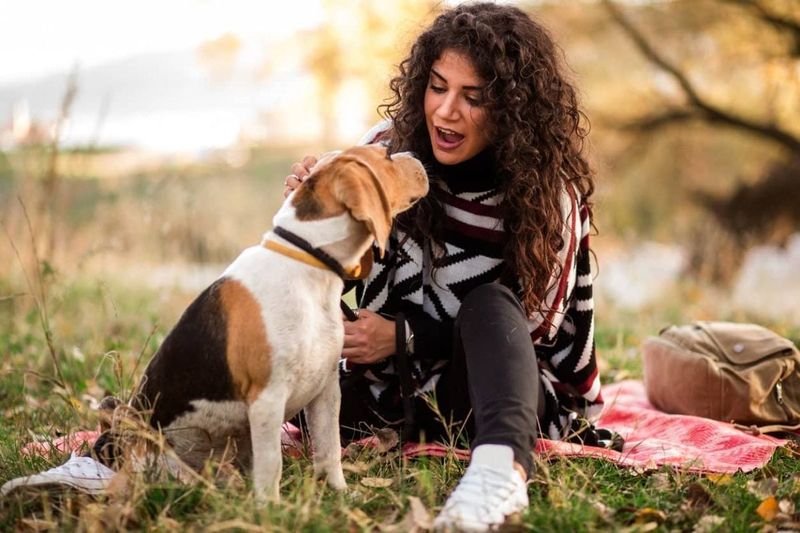
Think of how James Earl Jones commands attention without shouting. Using a deeper, slower voice naturally signals leadership to dogs. They’re wired to respond to calm authority.
Next time your pup starts acting out, try dropping your pitch instead of raising it. Many owners mistakenly go high and loud when frustrated, which dogs interpret as excitement or weakness.
2. Upbeat Tones Encourage Positive Behavior
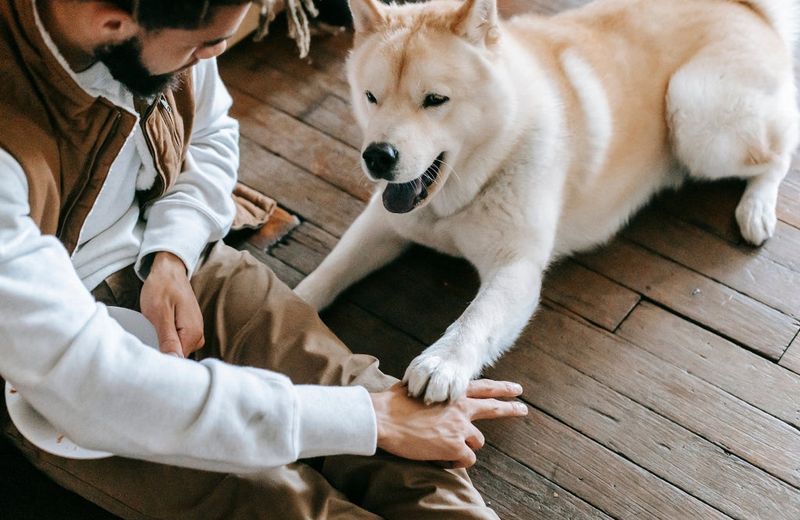
Happiness is contagious—even to dogs! When teaching new tricks or reinforcing good choices, your voice should sound like you’re hosting a puppy party. This brightness triggers your dog’s pleasure centers.
Reserve this cheerful tone exclusively for praise and rewards. The contrast between your correction voice and celebration voice helps dogs understand the difference between behaviors you want and don’t want.
3. Avoid Angry Shouting

Yelling at dogs creates fear, not respect. When you shout, your furry friend might comply temporarily but won’t understand what they did wrong. Instead, they learn to be afraid of you.
Professional trainers recommend taking a breath when frustrated. A firm but controlled tone works better than explosive anger. Remember: dogs don’t understand English—they understand emotion, consistency, and tone patterns.
4. Whisper For Focus
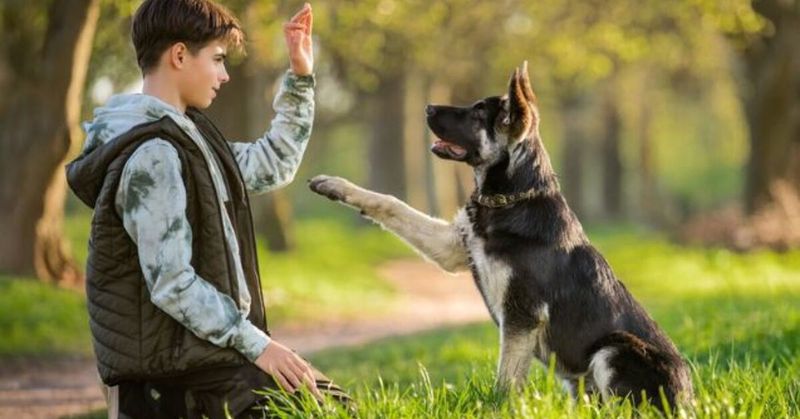
Counterintuitive but magical! Whispering makes dogs lean in and pay attention. When surrounded by distractions at the park, try softening your voice instead of competing with the environment.
This technique works because it creates curiosity. Your dog thinks, “What’s so important that my human is being so quiet?” Start practicing this at home before testing it in high-distraction settings.
5. Consistent Tone For Each Command
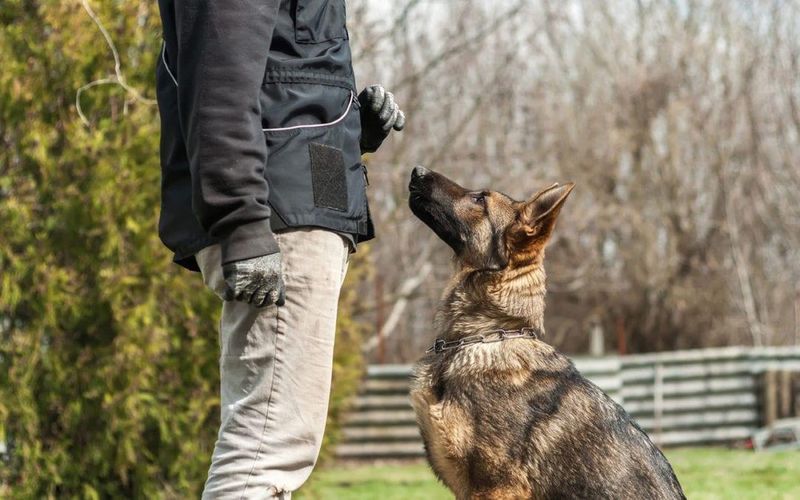
Imagine if traffic lights randomly changed meanings—chaos would ensue! Dogs need the same consistency from your voice signals. “Sit” should always sound the same way.
Many behavior problems stem from confusing signals. Record yourself giving commands to check your consistency. Are you saying “Come!” in a happy voice sometimes but an impatient tone other times? Your dog notices these differences.
6. Singsong Patterns For Recall Training
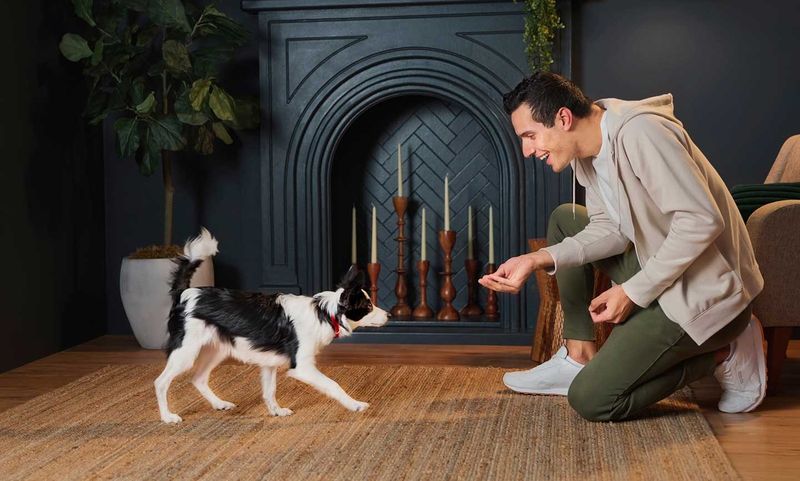
Musical tones travel farther and catch attention better than flat sounds. That’s why many trainers use melodic patterns when teaching dogs to come when called.
Try stretching your dog’s name with rising pitch: “Ruuuuuby!” This distinctive sound pattern stands out from background noise and triggers your dog’s recall response. The playfulness in your voice also makes coming to you seem like a fun choice.
7. Soothing Tones Calm Anxiety

Anxiety in dogs responds remarkably well to vocal medicine. During thunderstorms or fireworks, your voice can be an emotional anchor for your frightened pup.
Slow, gentle humming or soft talking in a monotone creates a sound blanket that helps nervous dogs regulate their emotions. Match your breathing to your calm voice—dogs pick up on your physical signals too and will mirror your relaxed state.
8. Quick, Sharp Sounds Interrupt Bad Behavior

Short, attention-grabbing sounds work wonders for interrupting unwanted behaviors before they escalate. The classic “eh-eh” sound many trainers use isn’t about scolding—it’s about pattern interruption.
The key is timing and brevity. Make the sound the instant the bad behavior starts, then immediately redirect to something appropriate. This technique works for everything from counter-surfing to excessive barking.
9. Playful Growls Communicate Boundaries
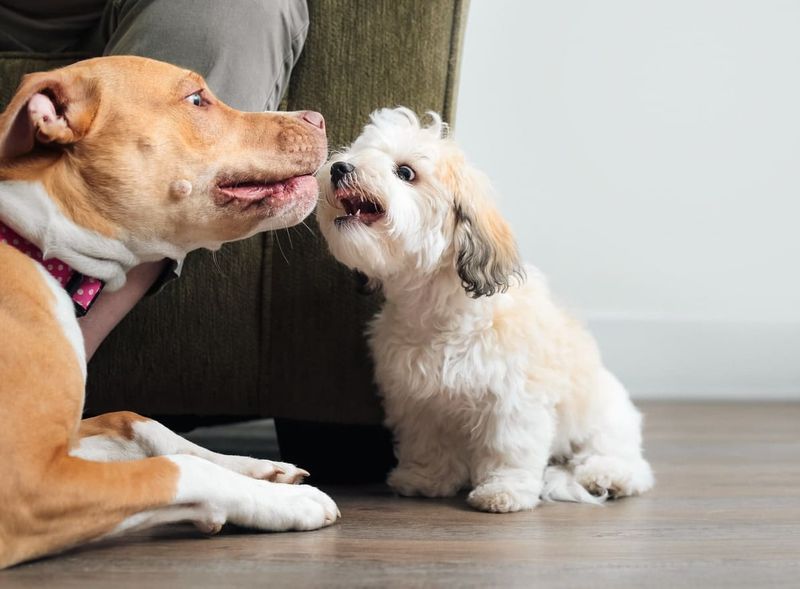
Surprising but effective—some trainers use playful growling sounds to communicate with boundary-pushing dogs. This mimics how mother dogs correct their puppies and speaks directly to canine instincts.
A low “grrrr” during tug games teaches bite inhibition naturally. It signals “too rough” without frightening your dog. This technique works best with puppies and dogs that already respect you as their leader.
10. Silent Moments Create Attentiveness
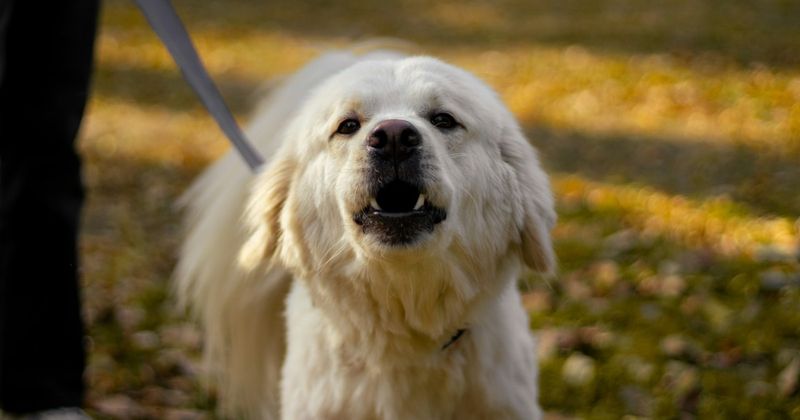
Silence is the secret weapon in a trainer’s vocal arsenal. After giving a command, count to three silently before repeating or helping. This teaches patience and listening skills.
Many owners sabotage training by chattering nervously or repeating commands rapidly. Dogs need processing time! Strategic silence builds a dog’s confidence in problem-solving and strengthens their ability to listen carefully when you do speak.






